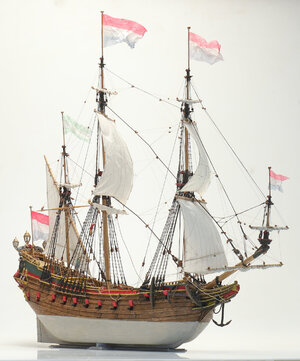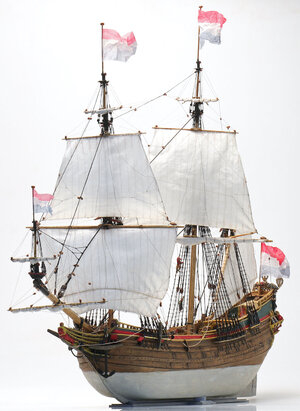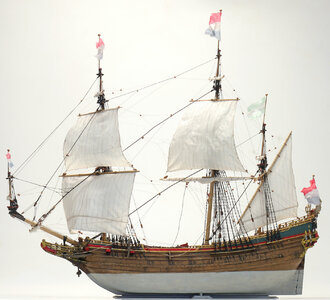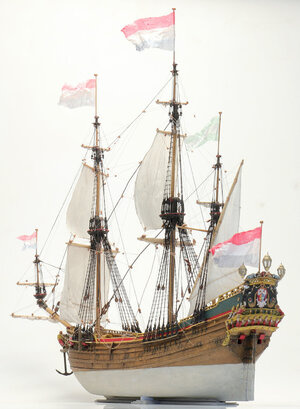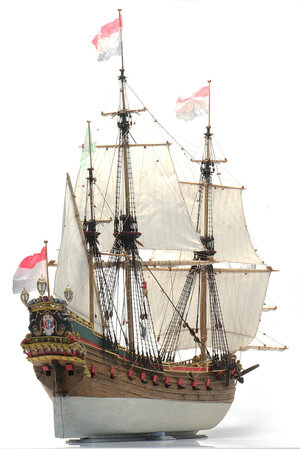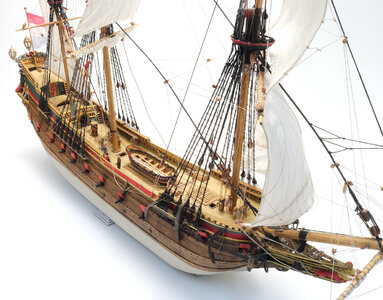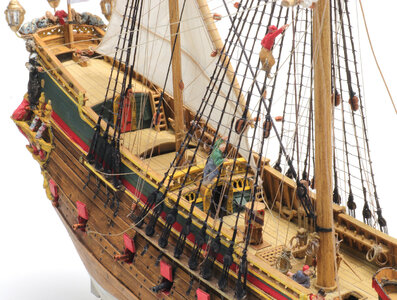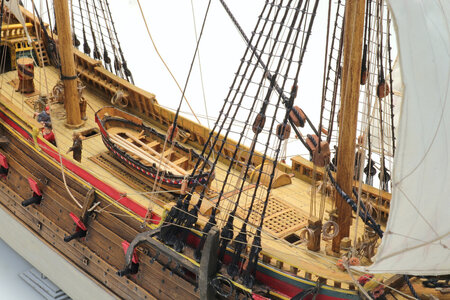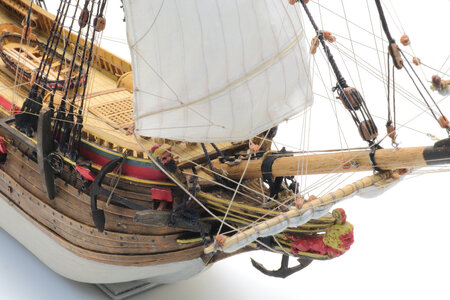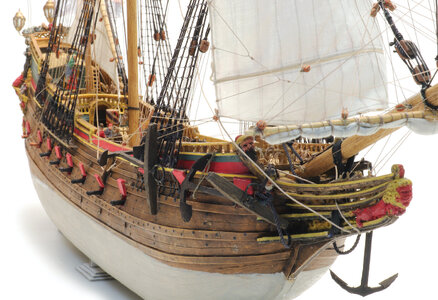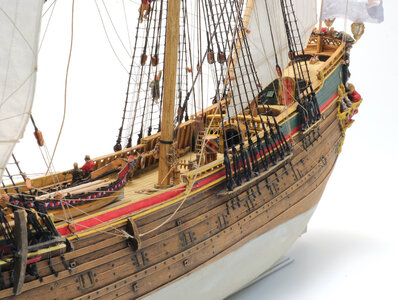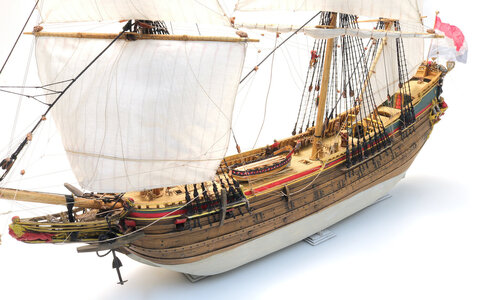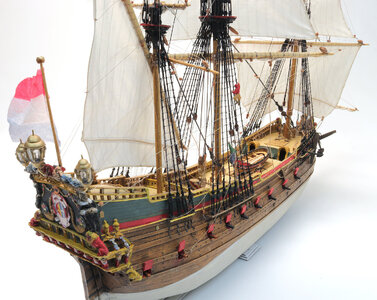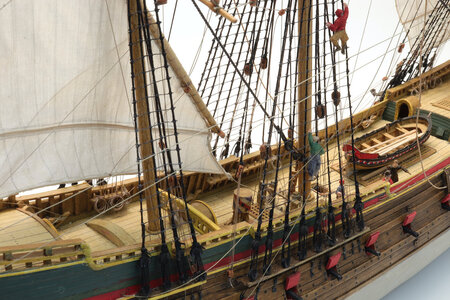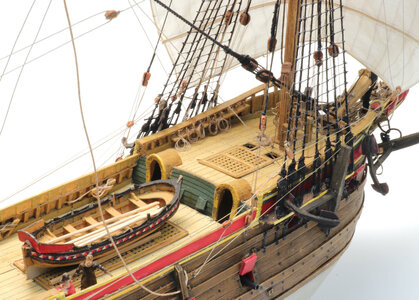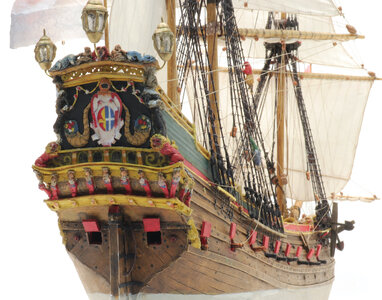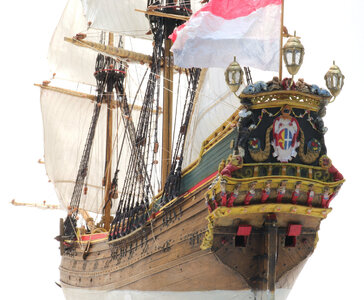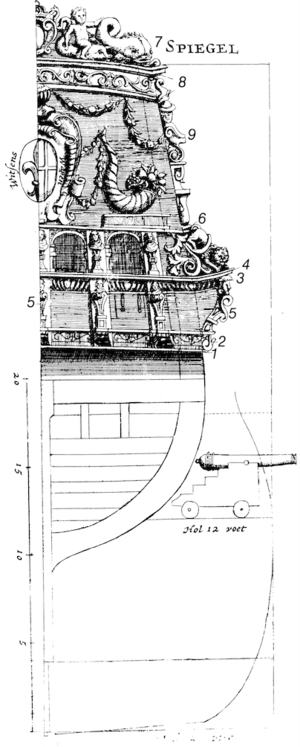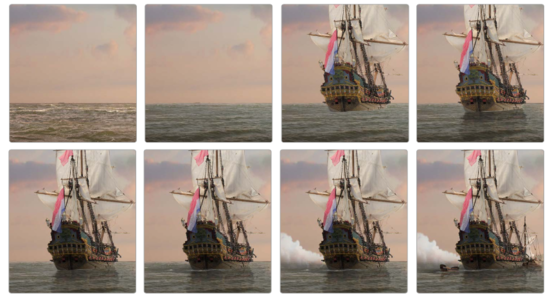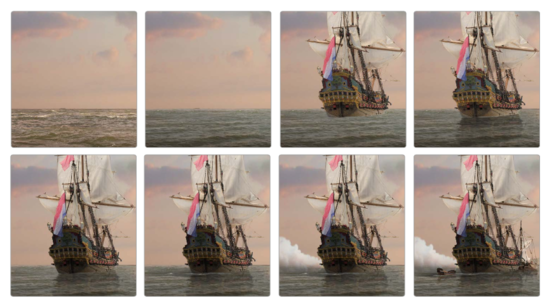Part two: Preparations.
A scratch build always starts with drawings. You need a lines plan, a body plan and a section at the least. It takes some planning to start the build. Let's take a look at the section first.
View attachment 252711
Normally I chose the space below the lower deck as the main part of the 'spine' of the model. In this case the forward part of the lower deck however is occupied by the cable tier. This is a closed compartment, so I chose to add it to the spine. That also offers the advantage to get some more material in the bow, which adds to the sturdiness of the model.
View attachment 252712
As you see I already drew the slots for the frames. So we turn to the body plan now. Often the plan shows two sides of the ship simultaniously.
View attachment 252713
So we have to create two body plans, one for the fore side and one for aft. Anyone who can work with a computer knows that on a Microsoft computer the program Paint can mirror a picture. So if we print them and cut them in the middle we can glue them together to create two complete frame drawings. Take care that the width on the waterline is exactly equal.
View attachment 252714
Now the build starts. First the spine was cut. I used three layers of 1mm thick card to get the right size and also added ½ mm strips for the protruding parts of keel, stem and stern. This helps when planking. Slots for the frames are cut and also the holes for the main and fore mast. To support the bowsprit I left the material underneath it in place.
View attachment 252715
Next I cut the frames. With the printer I produced the right number (8 fore and 11 aft) and glued them on 1 mm card. I also doubled the area where two skin pieces butt. This gives a better landing. Every frame is dry-fitted in the slots of the spine and at the same time the hight of the deck is scribed on the frame. Here I cut the slots for the lower deck and the remaining middle part is perforated to ease the removal of the upper part of the frame in a later stage.
View attachment 252716 View attachment 252717
Two strips of sufficient width are fitted into the deck slots, to make the lower deck. I left out the camber of the lower deck, because it is complicated to make and it will not be visible in the model.
View attachment 252718
So that leaves us with the basic parts of the model, ready for assembly. This is what you get buying a kit. The difference is that this costs you nothing and it's a lot more exciting (IMHO).
View attachment 252719
Next time I will show you the 'planking' of the model. Stay tuned. If you have any questions or remarks, don't be shy.





